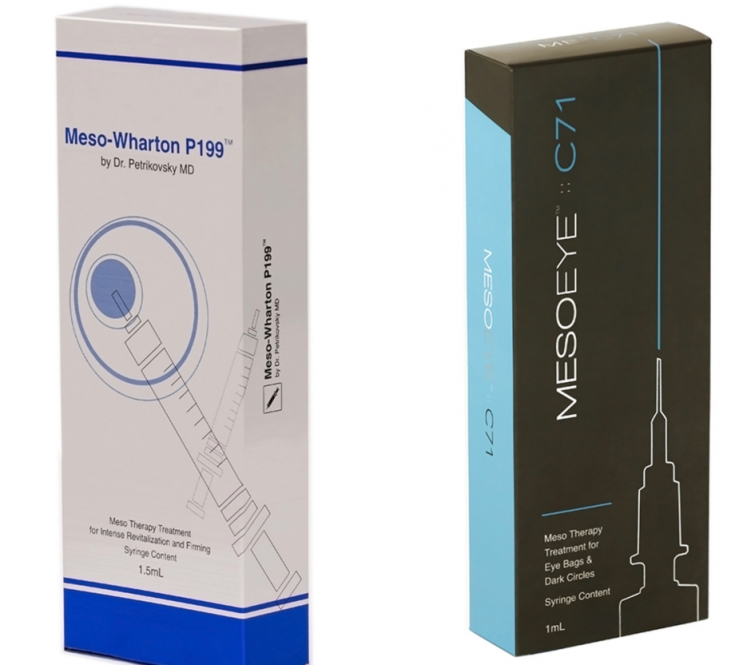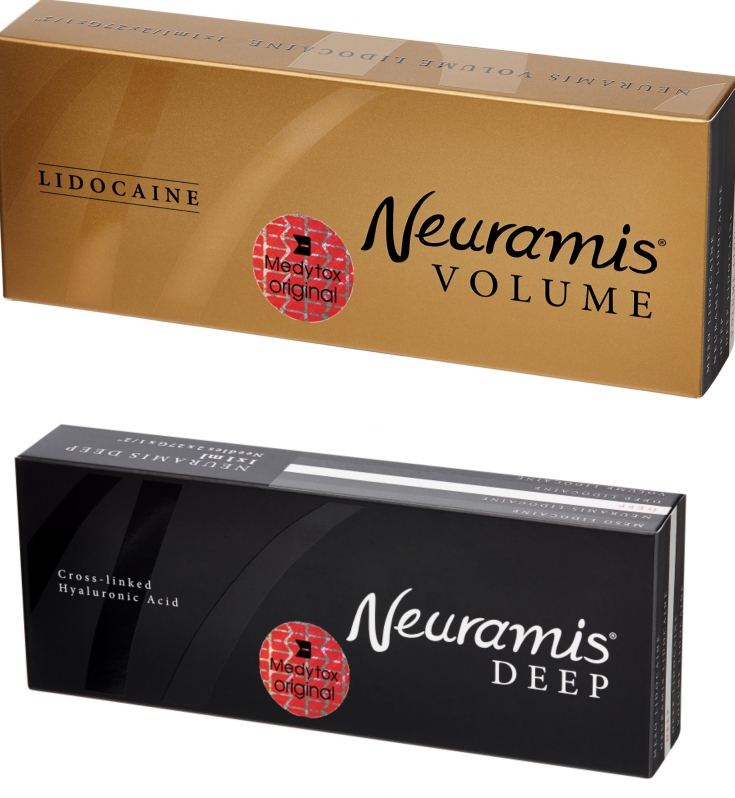To achieve the optimal result of cosmetic correction of age-related changes in the face, it is necessary to recommend to the patient a comprehensive program of work with the skin and volumes of deeper tissues. It should include, among other procedures, biorevitalization and the introduction of & nbsp; fillers that will provide not only a reduction in the severity of wrinkles or a tightening of the oval, but also an improvement in the quality of the skin.
The correct choice of the sequence of procedures within the correction program is especially important when correcting age-related defects of the middle third of the face, because the results of rejuvenation are especially pronounced here.
Read about the features of an individual approach when choosing a sequence of cosmetic treatments at estet-portal.com.
Features of age-related changes in the middle third of the face, which must be taken into account
When choosing cosmetic procedures for the correction of the middle third of the face, it is necessary to take into account the mechanisms of aging of this zone. The lower and upper eyelids, the area around the eyes, as well as the actual quality of the skin and changes in the contours in the zygomatic region are subject to age-related changes.
The following happens:
• skin elasticity deteriorates;
• the state of the retaining ligament in the orbit changes, due to which the circular muscle of the eye lengthens vertically, the edge of the lower eyelid falls, wrinkles and folds form under the eyes;
• the supporting structures in the zygomatic region are weakened, which causes a gradual displacement of fat compartments and a redistribution of volumes in them.
All these processes occur against the background of age-related bone tissue resorption, atrophy of deep adipose tissue, and gravitational ptosis.
Displacement of the zygomatic fat pads leads to the formation of a characteristic double bulge at the junction of the cheek with the lower eyelid, and the initial stage of the formation of the hernial sac of the lower eyelid and tissue ptosis in the periorbital region leads to the formation of the nasolacrimal sulcus. In order to correct the manifestations of age-related changes in the middle third, there is a wide choice of various methods. When drawing up a correction program, the doctor should use an individual approach: take into account the anatomical features of the patient's face, the condition of the subcutaneous fatty tissue, signs of microcirculation disorders and skin quality.
Filler or biorevitalization: what to prefer in the correction of the middle third of the face
If the patient does not plan to go beyond the injection correction of age-related changes and turn to thread or hardware techniques or surgical interventions, then a comprehensive program of work with the middle third should begin with a course of biorevitalization. The reasons for this choice lie in the fact that before the introduction of the filler, the skin of the middle third must be prepared. As a rule, in the projection of wrinkles and folds, the dermis changes its structure, looks like a fibrous network with a violation of the composition and quality of the components of the intercellular matrix with a small amount of fibroblasts. If a hyaluronic acid-based filler is injected into an unprepared layer, there is a high risk of developing Tyndall's symptom. In addition, the skin will begin to use the hyaluronic acid contained in the filler to replenish the depleted matrix,
Biorevitalization not only restores the integrity of the extracellular matrix, facilitating the placement of the filler, but also prolongs the presence of the filler in the dermis.The optimal combination of corrective cosmetic procedures – biorevitalization, and then, after 2-4 weeks, contouring with fillers based on hyaluronic acid.
Which drugs to choose for effective correction of the middle third
In order to successfully correct age-related changes in the middle third of the face and not be afraid of undesirable consequences of combined exposure, it is necessary to choose preparations based on hyaluronic acid not only for biorevitalization, but also for working with the microcirculatory bed in the eye area, to eliminate puffiness in this area, then carry out procedures to replenish volumes with fillers.

• Meso-Wharton P199™ —due to the unique patented peptide Wharton Jelly Peptide P199™, division of the skin's own stem cells, and not the proliferation of "old" ones; fibroblasts, which positively affects the state of the intercellular matrix, & nbsp; and promotes increase in the number of active, & nbsp; "young" fibroblasts; under the influence of the drug, the aging process slows down, the skin in the periorbital region thickens and tightens, & nbsp; is naturally restored for a long time;
• MESOEYE™ C71 – vasomodifier, which due to the activity of the unique patented peptide Periorbital Peptide XP2™ and Hexapeptide 17 simultaneously affects three vascular systems of the upper and lower eyelids, competently restoring and regulating microcirculation; under the influence of the drug, puffiness and pastosity are stopped, dark circles disappear and skin color in the periorbital zone improves, turgor increases, the relief is leveled.
and Hexapeptide 17 simultaneously affects three vascular systems of the upper and lower eyelids, competently restoring and regulating microcirculation; under the influence of the drug, puffiness and pastosity are stopped, dark circles disappear and skin color in the periorbital zone improves, turgor increases, the relief is leveled.


After using biorevitalizing procedures with Meso-Wharton P199™ and MESOEYE™ C71
the structure of the dermal layer will be strong enough to hold the volumizer, you can start contouring the middle third. To do this, we recommend:
• Neuramis Deep – a filler based on hyaluronic acid, which effectively eliminates moderate and deep wrinkles, replenishes defects associated with age-related changes;
• Neuramis Volume Lidocaine – A hyaluronic acid-based volumizer that effectively restores lost volumes, eliminates deep wrinkles, folds, and asymmetry of shapes, and is also used to correct facial contours and oval. <









Add a comment